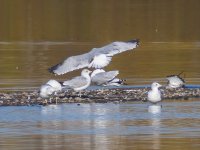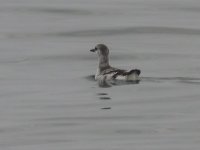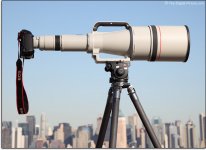Tord
Well-known member
Daniel,On our last trip to Hungary is was feeling slightly irritated at the little bit of "stickiness" in the panning on my modded Lensmaster RH-1. Tilting was no problem because of the ball bearings I had put in before, but panning took a little too much pressure to overcome the stationary position, and the whole thing would "jerk" a tiny bit. Became very noticeable with the TN on, and made it more difficult than it need be to tune right in on something. Small movements became difficult. If I loosened the knob enough for it to pan more freely, I started feeling a little slop, but it was still sticky. So I broke down yesterday and finally put ball bearings on the pan axis as well.
View attachment 467299
Worked wonders! I really can't think how this thing could be further improved upon. The resistance I feel now is essentially just the mass of the scope and camera.
How much work was it adding ball bearings, and what tools are needed to perform the surgery? Could you share a pointer to what ball bearings you used?






